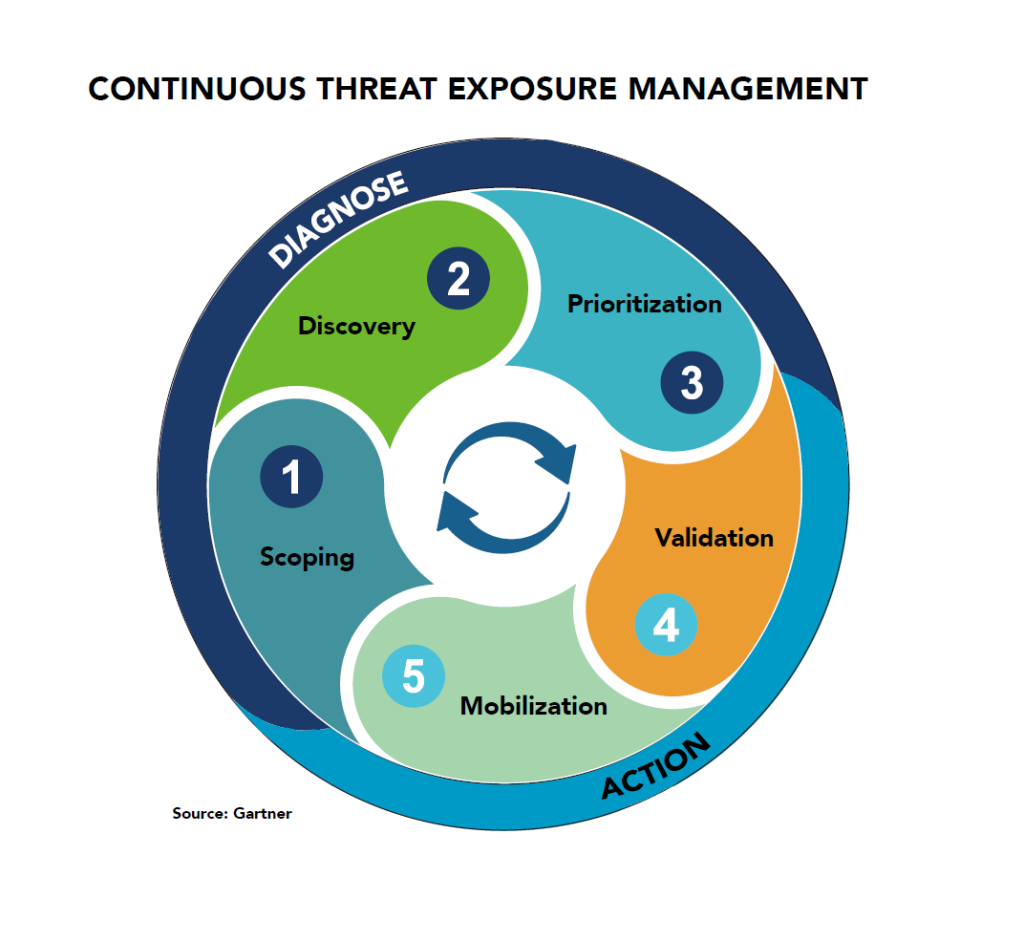CTEM
Continuous Threat Exposure Management
Continuous Threat Exposure Management (CTEM) is a set of processes and capabilities for identifying, assessing, and mitigating risks within an organization’s digital environment. By adopting this strategy, organizations of all sizes can stay ahead of evolving cyber threats by continuously monitoring and managing their exposure to potential attacks, thus enhancing their overall security posture.
Tools and Technologies Used in CTEM
CTEM requires a consolidated platform that integrates the necessary tools and technologies to streamline the entire process.
The following tools and technologies can be used to support the implementation and improvement of a CTEM program in the five stages:
- Scoping
- Discovery
- Prioritization
- Validation
- Mobilization
| NSFOCUS Platform Drives Continuous Threat Exposure Management Programs | |||
|---|---|---|---|
| Step | NSFOCUS Offering | CTEM Value | |
| Diagnose | Scoping | ||
| Discovery | |||
| Prioritization | |||
| Action | Validation | ||
| Mobilization | |||

